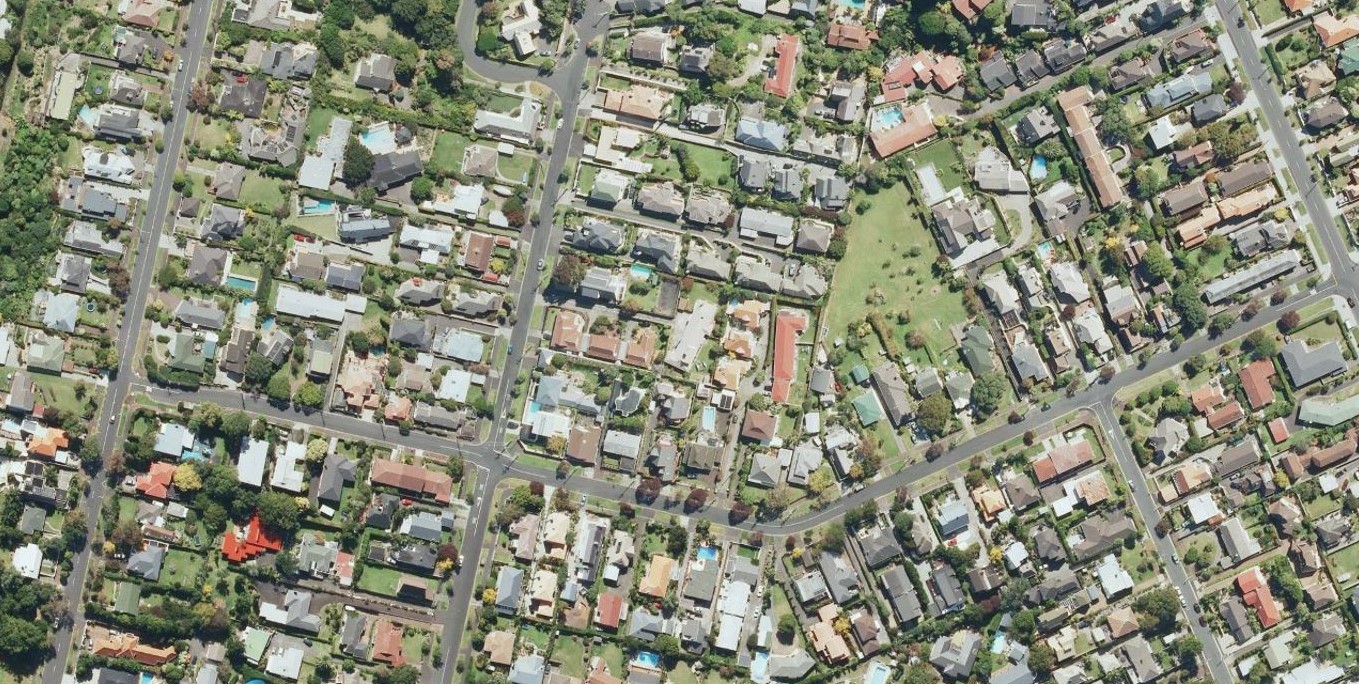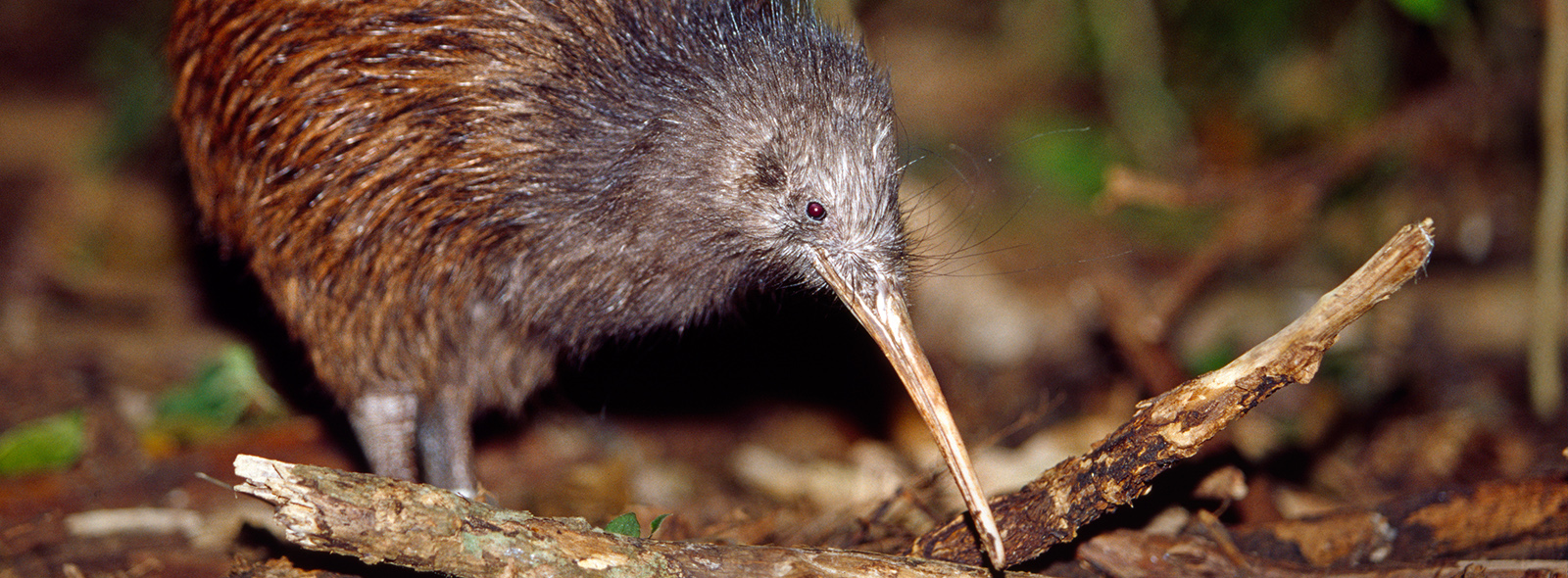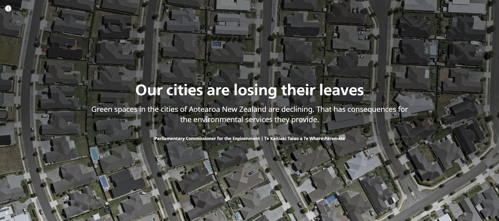Are we building harder, hotter cities? The vital importance of urban green spaces

St Heliers, Auckland, 2009, Google Earth Pro
The fabric of our cities is changing rapidly in response to ongoing population growth. What will the impact be on places like our lawns and vegetable gardens, roadside berms, neighbourhood parks, riparian strips, patches of bush, school fields, golf courses and civic gardens?
The Commissioner has investigated the ongoing changes to our urban green space and the environmental services these spaces provide. Temperature regulation, stormwater management, air filtration and habitat provision don’t just benefit individuals, they benefit everyone around them. They can be considered a form of infrastructure every bit as important as pipes and roads.
The Commissioner’s report also presents new data on how public and private green spaces in Auckland, Hamilton and Greater Wellington have evolved over the decades. It found New Zealand cities are currently well-endowed with green space, though some suburbs are greener than others.
But the data show that urban green space has been declining over time. Between 1980 and 2016, green space per person fell by at least 30% in Auckland, and at least 20% in Hamilton. Nearly all of this loss occurred on private residential land.
The report found two main factors have driven this trend. The first is infill development – the conversion of yards and sections into houses and driveways in existing urban areas. The second is a shift towards larger houses on smaller sections in new subdivisions. These trends were already playing out before recent Government moves to promote further intensification.
There are real benefits to ongoing urban intensification. Not only does it help to address New Zealand’s housing supply shortage, it does so without the increase in transport emissions and loss of highly productive land that would likely accompany growth outwards.
But not all intensification is the same, and the style of infill townhouse development that is currently happening within our cities comes with particular risks for the existing network of urban green space.
At the same time, growing numbers of people can increase pressure on nearby public parks and reserves. Many councils are struggling to improve the quality and availability of public green spaces to compensate for the loss of private yards and gardens.
One solution lies in building upwards rather than via low-rise infill development. Building upwards uses urban land more efficiently and reduces pressure to develop green spaces elsewhere in the city.
More attention could also be given to counteracting the loss of private yards and gardens by improving nearby public green space. In the short term, this could be done by adding patches of larger shrubs and trees in local parks, road reserves and other neglected corners of public land.
The difficulty of retrofitting green space into existing neighbourhoods highlights the importance of adequately providing it from the outset in new subdivisions on the city fringe. Councils could take a more proactive approach to land acquisition for future parks and reserves to help achieve this.
Green spaces provide benefits over potentially very long time horizons. Looking forward, the ongoing shift towards more densely populated cities and the emerging impacts of climate change will very likely make urban parks, reserves, gardens, vegetation and street trees even more valuable.
The difficulty of re-establishing green space once lost makes it all the more important that planning and providing for urban green spaces is mandatory for local authorities just like it is for traditional ‘hard’ infrastructure. This could help avoid development decisions that create less liveable environments that we will have to live with – and in – forever.
Other materials
Interactive maps
Based on our analysis, we have interactive maps displaying public and private green space for:
StoryMap
Explore what is happening to our urban spaces


